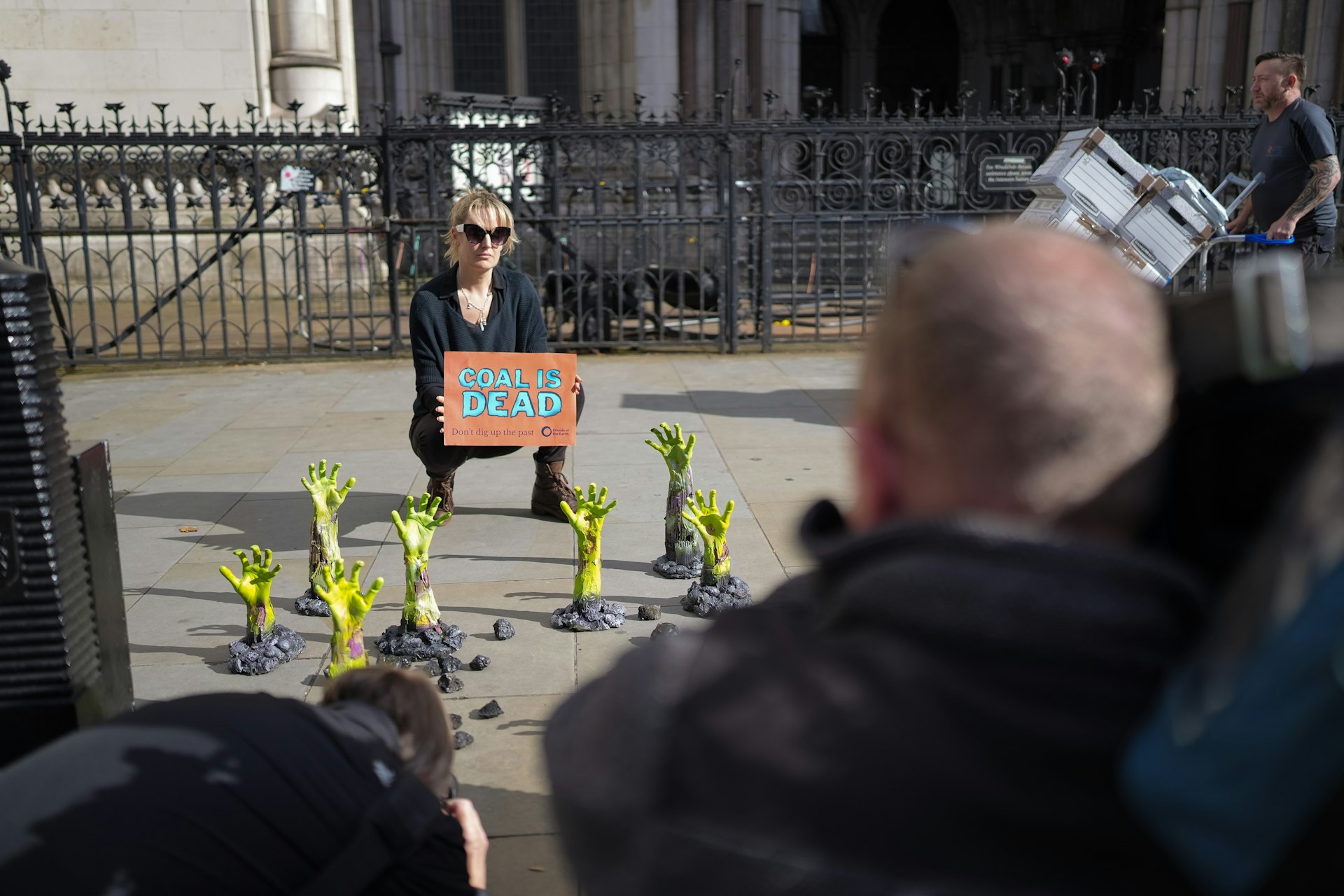Daido Moriyama’s tense photographs explore the gritty underbelly of 20th century Japan
- Text by Isaac Muk
- Photography by Daido Moriyama

By 1970, Daido Moriyama was several years into a thriving career as a photojournalist, contributing photographs to several influential Japanese photography magazines – the backbone of contemporary photography in the country. But having been interested in capturing stories that reflected Japanese society and culture, the seedlings of disillusionment with his practice and industry had begun to be planted.
“He started to be more sceptical about this traditional idea of humanist photography, or socially engaged photography,” says Thyago Nogueira, the editor of Daido Moriyama: A Retrospective – a new, wide-ranging monograph and exhibition exploring the Japanese master’s extensive work. “He really began to push what an image could be – what is an image? What is the language of photography? I think he’s saying that there’s nothing beyond an image – it cannot change the world and the artist is not superior to the reality that they’re looking at.”
The project is an extensive deep dive into the artist’s work throughout the decades – from his early, socially conscious pictures, to his highly influential Provoke magazine work, and numerous photobooks published throughout the decades. Presenting the hundreds of photographs are the product of a labour of love, with Nogueira spending hours-upon-hours trawling through Moriyama’s endless archive during a month-long trip to Tokyo.


His pictures – mostly in black-and-white, but occasionally in colour – were almost always taken on cheap compact cameras, purposefully giving the effect of are, bure, boke (grainy, blurry, out-of-focus) as a way of flipping the ideal of Western photojournalism on its head. Seeing the world through an unwaveringly critical eye, they revolutionised both street photography and the photojournalism profession – subverting many of the ideologies underpinning the industry.
Following the horrendous impacts of the Second World War and subsequent pressure from the West, Japan – a historically insular country – opened its borders and outlook to the world. It quickly attracted vast sums of capital investment and saw rapid economic growth, which has led some academics in the West to dub the period the ‘Japanese Economic Miracle’. But in the backstreets of Shinjuku and Osaka, watching the country and culture of his birth morph in front of his eyes, Moriyama instead saw through the veneer of prosperity, and focused his lens towards the uglier sides of societal change.


“During the Vietnam War, I think he [becomes] really sceptical about the transformation of the world,” explains Nogueira. “In this period, those images are the most perfect expression of the ambivalent feeling of being in a society seduced by Western capitalism. He’s talking about rising criminality and the dissolution of these traditional ways of living with Americanisation.”
Full of tension and menace, Moriyama’s images explore the limits of globalisation, as well as the gritty underbelly of the new, capitalistic Japanese society. They feature unnerving images of faceless mannequins adorned in 60s Western fashion, rows of identikit branded goods, as well as his iconic shot of a stray dog – its transient, homeless situation a perfect metaphor for Moriyama’s feelings, which were no doubt shared by several others in Japan.


“You have the impression that he’s running around with his camera, not even looking at the image,” Nogueira says. “He’s just shooting all these brands – cans, bottles, boxes, and all these products that invaded Japan. But he’s representing them with his very dark, introspective [perspective], and sometimes it feels like the images are dissolving into this dark substance.”
Despite most of the photographs being published more than half a century ago, Nogueira believes that Moriyama’s work, and in particular his mindset, is as relevant today as ever. “I think [his legacy] will be the questions that he was asking,” he continues. “What’s the nature of photography? How are we influenced by photography? How does an artist need to approach image making? Those are very interesting questions that he was asking in the early 60s.”

Daido Moriyama: A Retrospective Edited by Thyago Nogueira, is published by Prestel. The exhibition is now on view at C/O Berlin (May 13–September 7, 2023) and travels to The Photographers’ Gallery in London (October 6, 2023 – February 25, 2024). Both the exhibition and catalogue were originally conceived by Instituto Moreira Salles, Brazil, where Nogueira works as the head of the Contemporary Photography Department.
Follow Isaac on Twitter.
Latest on Huck

Autism cannot be cured — stop trying
A questionable study into the ‘reversal’ of autism does nothing but reinforce damaging stereotypes and harm, argues autistic author Jodie Hare.
Written by: Jodie Hare

Bristol Photo Festival returns for second edition
After the success of it’s inaugural run, the festival returns this autumn with exhibitions, education and community programmes exploring a world in constant motion through still image.
Written by: Ben Smoke

Documenting the life of a New York gang leader paralysed by gun violence
New photobook ‘Say Less’ is a complex yet humanising look into a life wrecked by gun violence and organised crime.
Written by: Isaac Muk

The woman who defined 80s Hip Hop photography
A new exhibition brings together Janette Beckman’s visionary and boundary pushing images of an era of cultural change and moral panic.
Written by: Miss Rosen

In photos: the dogs of Dogtown
A new photobook documents Venice Beach’s four legged friends and their colourful cast of owners.
Written by: Isaac Muk

Inside the battle to stop coal
As the legal challenge against Britain’s first deep coal mine in 30 years reaches the High court, we talk to activists at the centre of the fight to stop it.
Written by: Ben Smoke